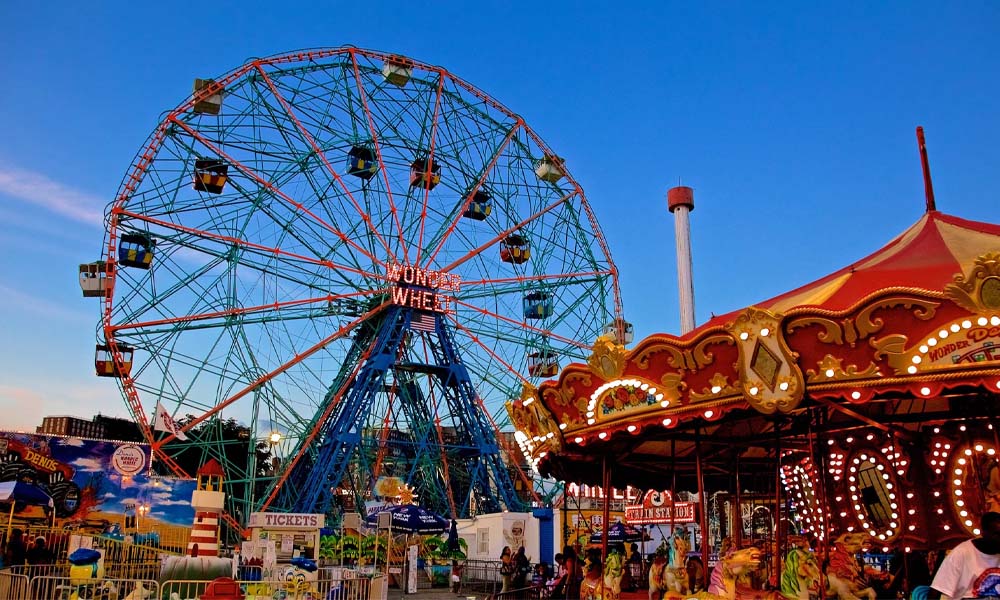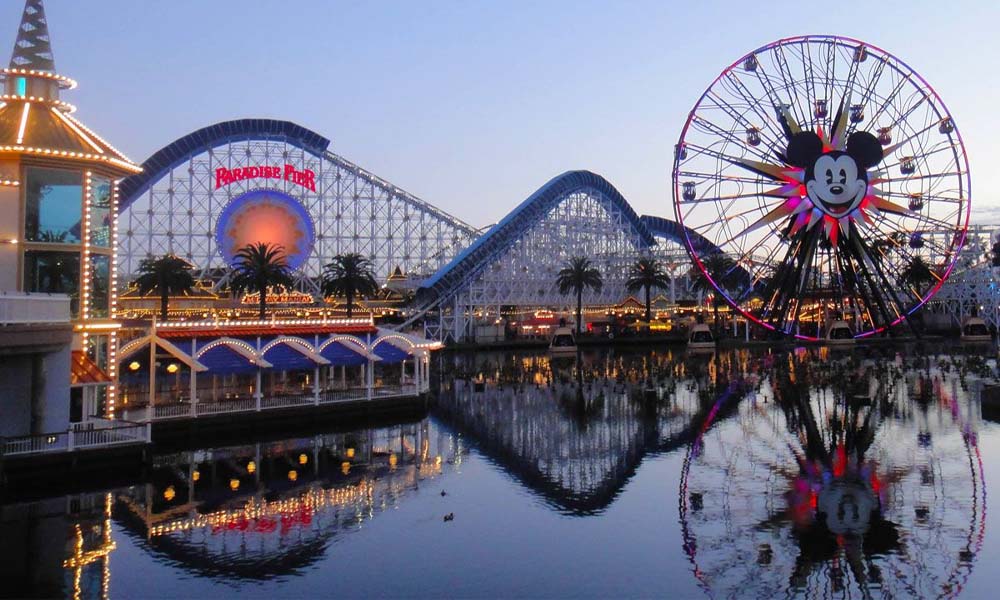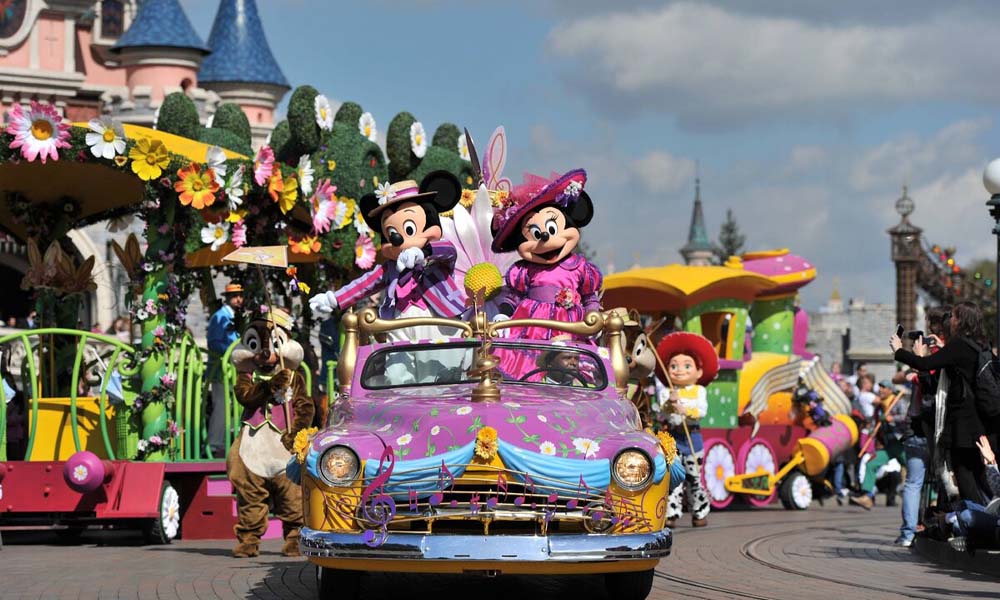

Mohsen saraji / Creativity and Futurism Manager
Theme parks and amusement parks are both recognized as recreational destinations, with the primary goal of providing entertainment and enjoyable experiences for visitors. However, these two types of recreational centers have fundamental differences in design, user experience, activity variety, and overall concept. This note explores these differences, defines each concept, and analyzes two successful examples.
Definitions and Concepts of Theme Parks and Amusement Parks
Theme Parks
Theme parks are spaces designed around a specific theme or story. Generally, these parks focus on creating an immersive narrative experience, engaging interactions, and artistic elements. The design and architecture of theme parks are meticulously crafted, with attention to detail, to create an environment that transports visitors into a new and imaginative world.


Key Features of Theme Parks:
Theme-Based Focus: Each theme park centers around a specific theme that is integrated comprehensively across all aspects of the park. This theme can encompass elements of history, culture, myths, films, and famous characters.
Story-Driven Experience: Theme parks are designed as a large narrative that visitors experience throughout their journey in the park. This experience may include thrilling adventures, live shows, and interactions with story characters.
Diverse Recreational Spaces: Theme parks typically offer various types of attractions and activities linked to the park's theme. These can include thrilling rides, live performances, restaurants, and shops.
Social and Cultural Interactions: Theme parks offer numerous opportunities for social and cultural engagement, including live performances, festivals, and special events.
Amusement Parks
Amusement parks are recreational centers that primarily focus on physical games and attractions. These parks may not be directly associated with a specific theme and are more centered around various rides, thrill rides, and entertainment facilities.


Key Features of Amusement Parks:
Variety of Games and Attractions: Amusement parks typically offer a range of physical games and thrilling rides, such as Ferris wheels, roller coasters, and water rides.
Lack of Focus on a Specific Theme: While amusement parks may have minor themes, they are generally not built around a particular story or theme. Visitors can enjoy a diverse experience by choosing from a wide variety of games and activities.
Emphasis on Physical Entertainment: Amusement parks primarily focus on physical and exciting entertainment, often featuring high-speed and adrenaline-pumping rides.
Lower Prices and Easier Access: Entrance tickets to amusement parks are usually less expensive compared to theme parks, and some of their attractions may have additional fees.
Fundamental Differences between Theme Parks and Amusement Parks
Based on the above, the key differences between theme parks and amusement parks are as follows:
Concept and Story: Theme parks are designed around a specific story or theme, offering a narrative experience, whereas amusement parks focus more on physical entertainment and rarely follow a specific story.
Design and Details: Theme parks require meticulous design, featuring artistic and architectural details that create a unique experience. Amusement parks, by contrast, may have simpler designs with a focus on functionality.
User Experience: In theme parks, visitors are immersed in a narrative journey with more social and cultural interactions. In amusement parks, visitors focus more on rides and games, and social experiences may be fewer.
Variety of Activities: Theme parks typically offer a more diverse range of activities, including shows, special events, and interactions with story characters, while amusement parks focus more on rides and thrill-based attractions.
Successful Examples
Concept and Theme: Disneyland, the world’s first theme park, was founded in 1955 and is recognized as a symbol of entertainment and storytelling. This park is specifically designed around Disney’s famous stories, with attractions that include beloved characters, shows, and a range of rides.
Key Features:
Story Content: Disneyland offers an unforgettable experience through the design and enactment of Disney’s classic stories. Each area of the park is themed to a particular topic (like "Fantasyland" or "Tomorrowland").
Interaction with Characters: At Disneyland, visitors can meet and interact with popular Disney characters up close.
Events and Festivals: This park consistently holds special events and various festivals, creating a dynamic and diverse experience for visitors.
Disneyland’s success is attributed to its ability to deliver a rich and storytelling experience for visitors. Its meticulous design and attention to detail create a space where people of all ages can enjoy and immerse themselves.


2. Six Flags Magic Mountain – California, USA
Concept and Theme: Six Flags Magic Mountain, one of America’s largest amusement parks, focuses on thrilling rides and physical entertainment. Known for its adrenaline-pumping attractions, this park is a favorite destination for thrill-seekers.
Key Features:
Variety of Rides: Six Flags Magic Mountain boasts one of the largest collections of thrilling rides in the world, including roller coasters, water rides, and various physical entertainment options.
No Central Theme: The park is not built around a specific story or theme but instead emphasizes a wide range of entertainment options.
Special Events: Six Flags Magic Mountain regularly hosts special events, festivals, and live shows, enhancing the recreational experience.
The success of Six Flags Magic Mountain is due to its focus on exhilarating rides and offering unique experiences for thrill-lovers. With its extensive selection of physical attractions and special events, the park provides an engaging experience for visitors.


Ultimately, both theme parks and amusement parks are recognized as important and popular recreational destinations, yet they possess fundamental differences in design, user experience, and overall concept. Theme parks offer multifaceted and social experiences through captivating stories and uniquely designed environments, while amusement parks primarily focus on physical entertainment and thrilling rides. Analyzing successful examples like Disneyland and Six Flags Magic Mountain demonstrates that each type of recreational center can provide distinct and unique experiences for their visitors.